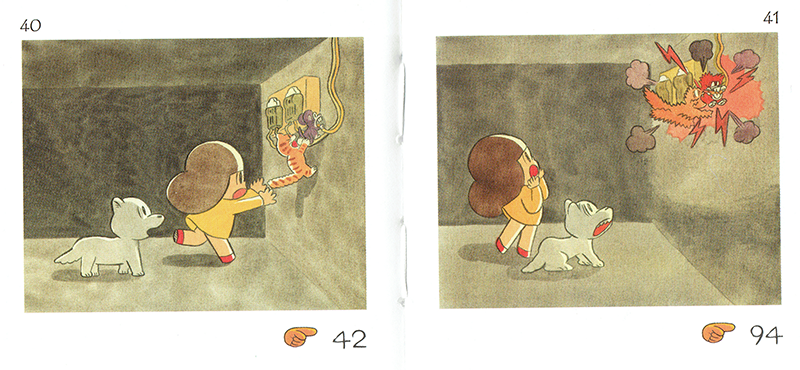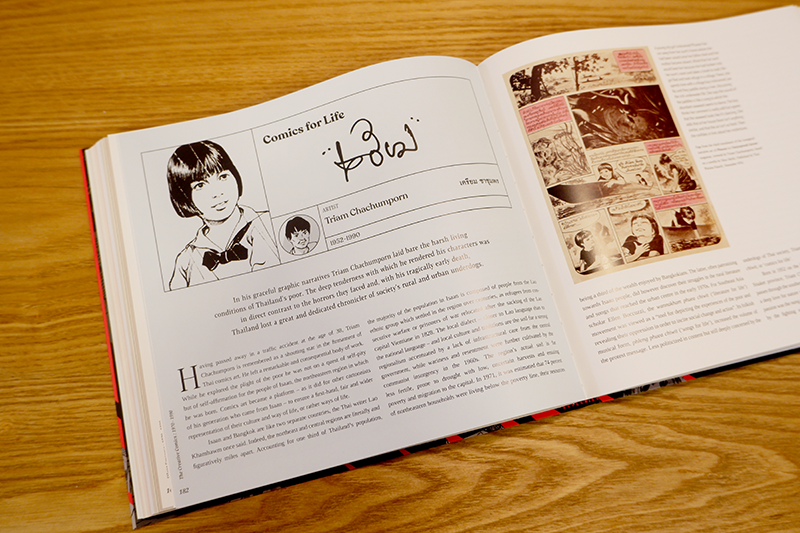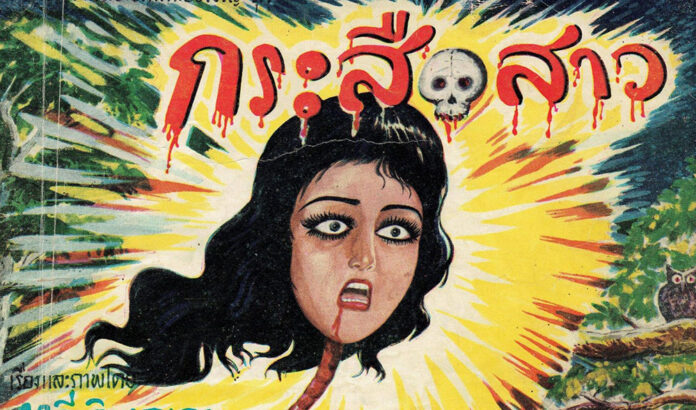
BANGKOK — Before 1968, the phi krasue ghost in Thai culture only existed in oral traditions and whispers. But with cartoonist Tawee Witsanukorn’s drawings that year, he was the first to give her the iconic floating female head and dangling entrails – and that ghastly appearance haunts to this day.
In “The Art of Thai Comics: A Century of Strips and Stripes,” Belgian academic Nicolas Verstappen explores the little-known and history behind Thai comics since 1900, and how the art form has shaped popular culture and public opinion.
He asserts that Tawee’s phi krasue drawing is on cultural par with the significance of Bram Stoker’s “Dracula” in shaping the vampire. But unlike “Dracula,” historically significant Thai comics are sold by the kilo for recycling or just simply thrown away.
“Lack of consideration — along with monsoons, floods, bookworms and the success of cheap pirated manga — led a whole artistic form of expression and the memory of its masters to fade into oblivion,” he said.
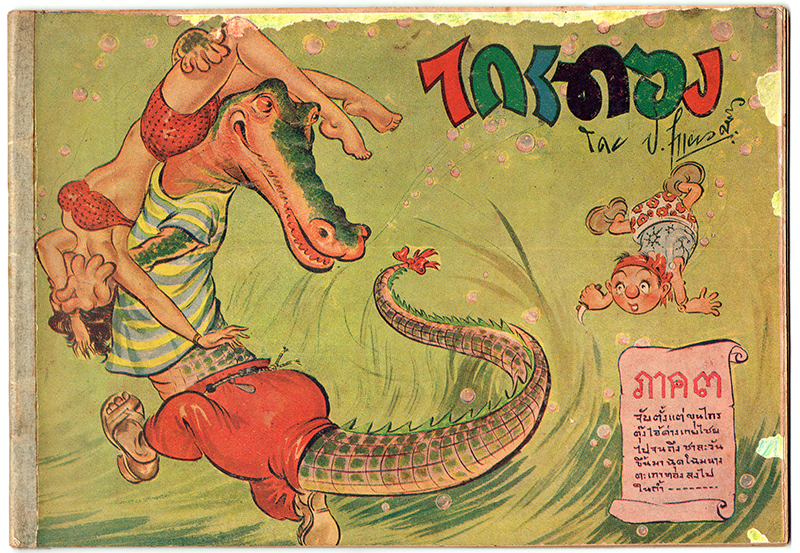
A Belgian lecturer at Chulalongkorn University’s Faculty of Communication Arts, Verstappen, 42, has made it his personal crusade to bring to light the lost legacy of Thai and Siamese comics. “Strips and Stripes” took five years to write and compile.
“Comics composition was practiced by royalty and nobility, by renowned artists and debuting teenagers, by Muslim cartoonists, by motorbike taxi drivers and army officers,” Verstappen said.
Verstappen said that although comics were pervasive and deeply influential from the 1920s to the 1970s, the art form fell into disregard afterwards. Comics, available cheaply and widely, were seen as lowbrow, “un-Thai,” and even countercultural.
Readers may be surprised to find that as early as 1939, artist Prayoon Chanyawongse drew groundbreaking comics that broke the fourth wall, and were filled with witty political plays on words. In the 50s, artist Langchak merged Superman and Captain Marvel into a new superhero, while Rong Ratchabhumi turned Mickey Mouse into an evil mice leader and Minnie Mouse into a busty belly-dancer.
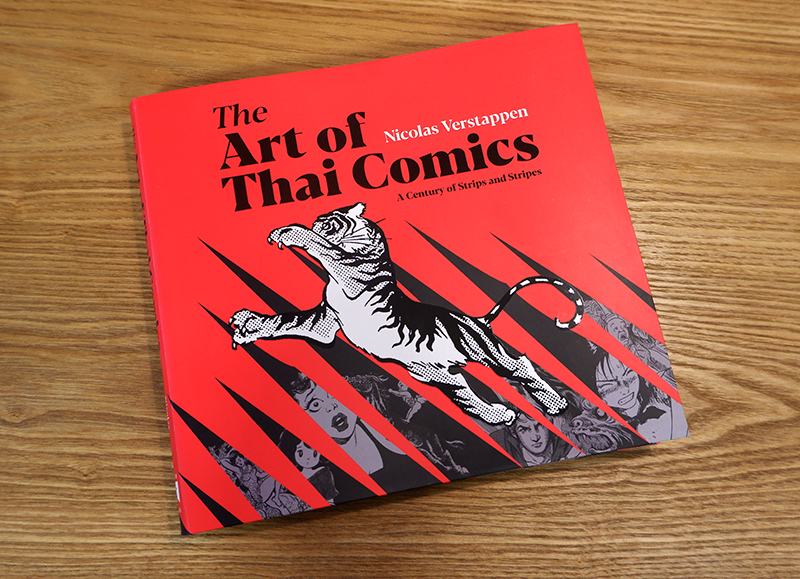
“The way Thai artists borrow, synthesize and hybridize foreign and local elements is truly captivating,” Verstappen said.
Comics also often rallied people to political causes, or gave a voice to marginalized groups. Editorial cartoons by Sem Sumanan in the late 1920s fueled discontent against upper ruling classes and absolutism, heralding the 1932 Siamese Revolution.
Published comics in the 70s “crystallized the muted and tabooed trauma” of the bloody student crackdowns, Verstappen said, while also offering workers migrating into Bangkok entertainment, catharsis, and even a sense of karmic justice through comic books that cost just one baht each. The heavy hand of authority even utilized comics: in the same era, the Thai government and United States Information Services worked together on psy-ops to publish anti-communist propaganda comics.
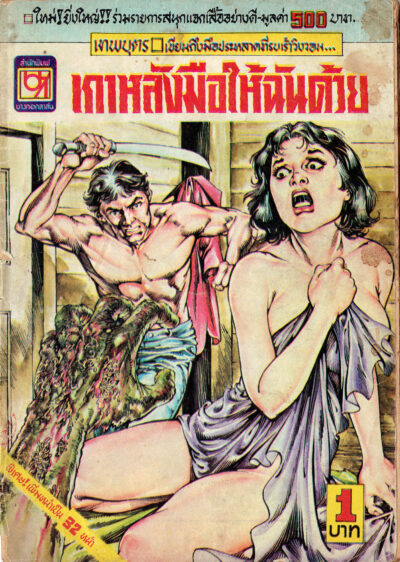
Verstappen’s personal favorite Thai cartoonist is Triam Chachumporn (1952 – 1990), who in the 70s and 80s dedicated his work to showing the plight of the Isaan people as well as their rich local culture.
“I’m truly amazed by, and fell in love with, his elegant art style, his ability to capture children’s attitudes and natural wonders, his profound tenderness for his characters and his sharp and dark social commentaries. His tales remain sadly relevant – and thus worthy of greater recognition – in today’s Thailand,” he said.
With such a rarely-known history, it’s no surprise that the future of Thai comics hangs in the balance, as new artists struggle to be recognized in the era of declining book sales. However, underground zines and webtoons are tackling hot-button issues such as rape culture, political oppression, and homophobia.
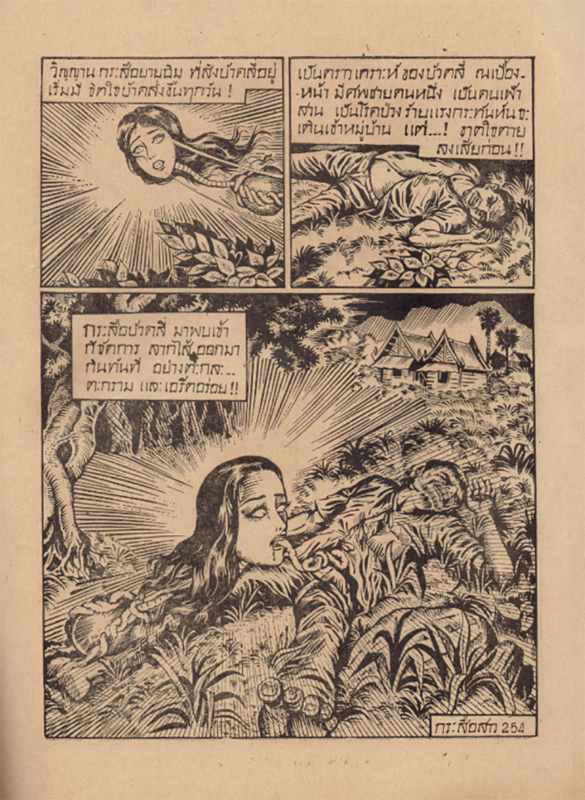
“A new generation is rising, and it fully understands the potential of comics to impart efficiently deep and complex socially-engaged commentaries,” Verstappen said. “I hope the book, even at its modest level, will help to shine a light on their engagement and talent on national and international stages.
The fully-colored book is divided into chapters covering the major artists from the decades starting from 1900 to the present. Those interested in Thai popular art or even those looking for a new coffee table purchase would find “A Century of Strips and Stripes” invaluable.
The Art of Thai Comics is available in both Thai and English versions at 1,495 baht each and can be purchased online from River Books.
